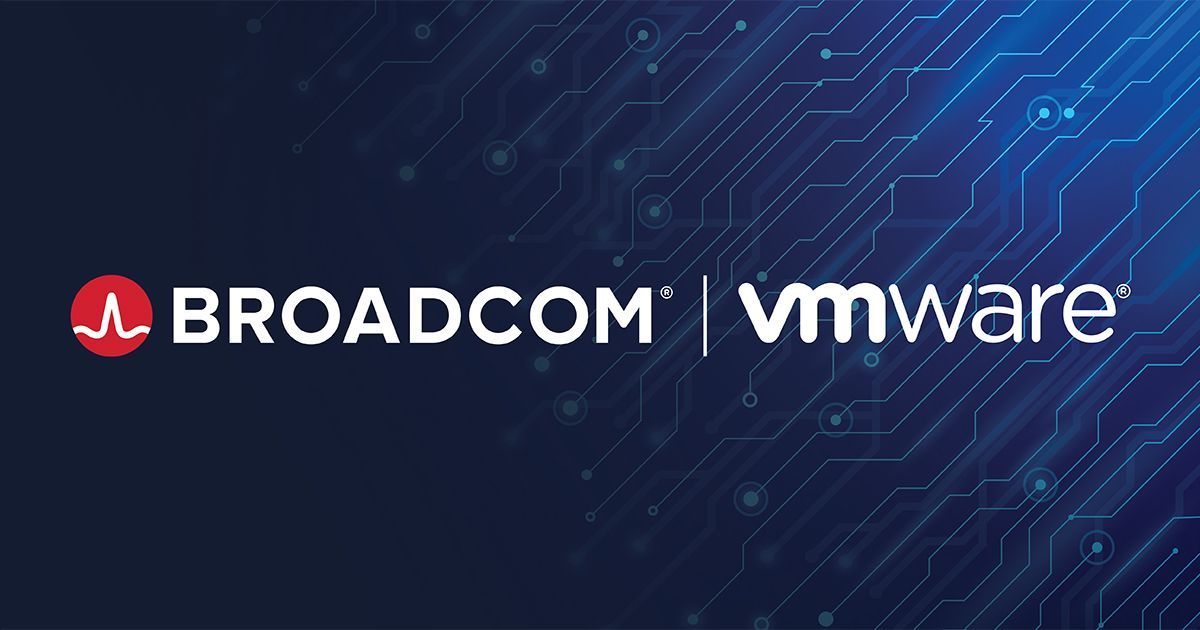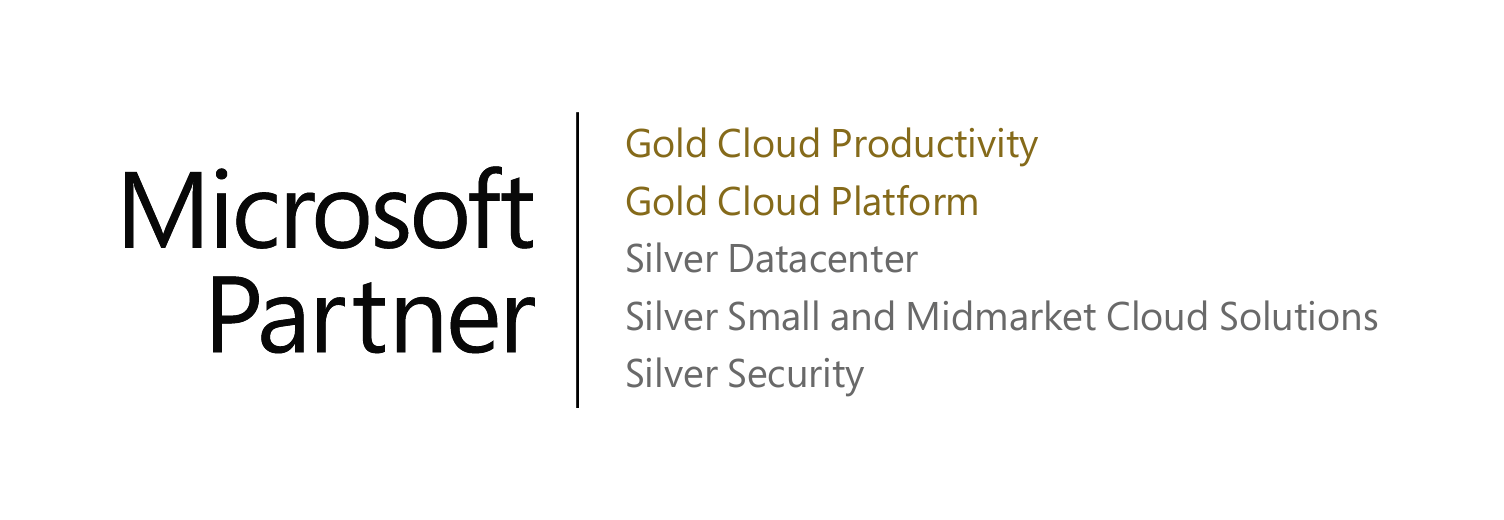Differences in Cloud Deployment Models
Cloud computing comes in many flavors and has evolved in recent years. In the new world of the hybrid cloud, which is an environment that employs both private and public cloud services. Companies are realizing that they need many different types of cloud services in order to meet a variety of customer needs.
The growing importance of hybrid cloud environments is transforming the entire computing industry as well as the way businesses are able to leverage technology to innovate. Economics and speed are the two greatest issues driving this market change.
There are two primary deployment models of clouds: public and private. Most organizations will use a combination of private computing resources (such as data centers and private clouds) and public services, where some of the services existing in these environments touch each other which is equivalent to a hybrid cloud environment.
Public Cloud
The public cloud is a set of hardware, networking, storage, services, applications, and interfaces owned and operated by a third party for use by other companies or individuals. These commercial providers create a highly scalable data center that hides the details of the underlying infrastructure from the consumer.
Public clouds are viable because they typically manage relatively repetitive or straightforward workloads. For example, electronic mail is a very simple application. Therefore, a cloud provider can optimize the environment so that it is best suited to support a large number of customers, even if they save many messages.
Public cloud providers offering storage or computing services optimize their computing hardware and software to support these specific types of workloads. In contrast, the typical data center supports so many different applications and so many different workloads that it cannot be optimized easily.
Private Cloud
A private cloud is a set of hardware, networking, storage, services, applications, and interfaces owned and operated by an organization for the use of its employees, partners, and customers. A private cloud can be created and managed by a third party for the exclusive use of one enterprise.
The private cloud is a highly controlled environment not open for public consumption. Thus, a private cloud sits behind a firewall. The private cloud is highly automated with a focus on governance, security, and compliance.
Automation replaces more manual processes of managing IT services to support customers. In this way, business rules and processes can be implemented inside software so that the environment becomes more predictable and manageable.
Hybrid Cloud
A hybrid cloud is a combination of a private cloud combined with the use of public cloud services where one or several touch points exist between the environments. The goal is to combine services and data from a variety of cloud models to create a unified, automated, and well-managed computing environment.
Combining public services with private clouds and the data center as a hybrid is the new definition of corporate computing. Not all companies that use some public and some private cloud services have a hybrid cloud. Rather, a hybrid cloud is an environment where the private and public services are used together to create value.




